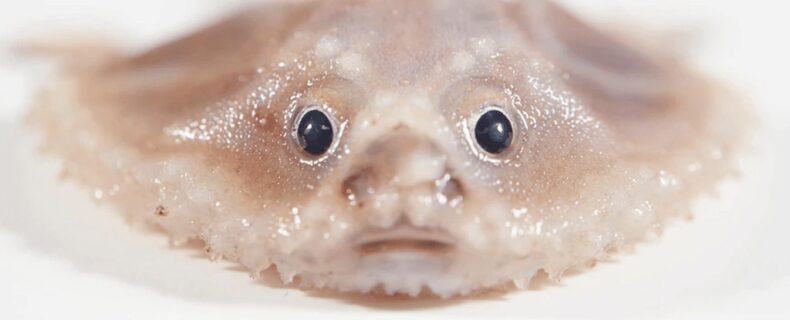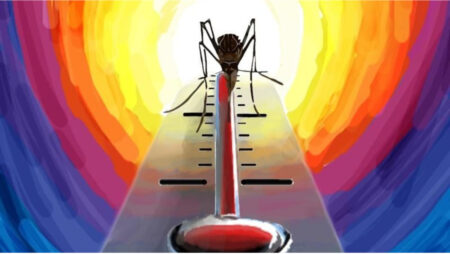While investigating two new marine parks, a group of researchers came upon the most bizarre aquatic life.

According to Sciencealert, it is located 2,500 kilometers off Australia’s western coast. Fish on stilts, ooze creatures, deep-sea batfish, and other things were discovered by the researchers.
Tim O’Hara, senior curator of marine invertebrates at Museums Victoria (MV), said to Sciencealert,
“We know the region is covered in gigantic seamounts that developed during the dinosaur age, and we know the region stands at a crucial confluence between the Pacific and Indian Oceans.”
“We are really thrilled about the idea of discovering new species, perhaps even new branches of the tree of life, which up until now have stayed hidden underneath the waves in this undiscovered region.”
Use of SONAR to scan the seabed of marine parks
Researchers noticed an amazing variety of flying fishes flinging themselves into the air as they traveled to the new marine park territory that would protect 740,000 square kilometers (approximately 285,000 square miles) of ocean around the marine parks of Cocos Keeling and Christmas Islands.
According to fish biologist Yi-Kai Tea of the Australian Museum Research Institute, these animals run the risk of being eaten by ravenous seabirds trying to avoid larger fish.
On their 13,000-kilometer journey, teams on the Research Vessel (RV) Investigator used sonar to scan the seabed over the course of 35 days, finding ancient sea mountains, volcanic cones, canyons, and ridges. In the past 140 to 50 million years, extinct volcanoes first emerged.
Discovery of some novel species from marine parks
The Cocos Keeling Islands were discovered by sonar to be the twin peaks of a gigantic sea mountain that rose approximately 5,000 meters above the ocean’s surface. A third buried mountain, 350 meters below sea level, was also found.
The crew used small trawl nets to sample habitats from 60 meters to 5,500 meters below the surface, and they returned with a large catch of species.
O’Hara predicts, these species could comprise up to one-third of all known species. This includes a conceivably novel species of loose, sticky, transparent skinned blind cusk eel.
“These fish have drastically diminished eyes. In fact, if you look at the image, you’ll notice that they resemble tiny golden indentations in the skin. They are quite uncommon and have extremely loose, floppy, gelatinous skin,” according to MV Senior Collections Manager Dianne Bray, who spoke to the Australian Broadcasting Corporation.
Tiny little anglerfish relatives of marine parks
Then there is the cute deep-sea batfish, which has a “please love me” grin on its little face and resembles a piece of well-cooked, limber ravioli. This strange little species moves along the seafloor on long, stubby fin-legs that resemble large “feet.”

These are tiny little anglerfish relatives. “They basically walk across the floor on their modified arms and legs,” says Bray. “They have a small little lure that rests in a depression on their nose that they can actually manipulate to attract prey.”
Another fish that can float smoothly just above the bottom while waiting to pounce on unsuspecting food below was discovered tethered to the ground with strangely extended stilt fins.
The researchers also identified a hermit crab with a shell made of a deep-sea colonial zoanthid coral. To give themselves some structure, these gooey soft corals frequently integrate sand or other materials that are laying around, including crabs, it would appear.
Along with many other unusual creatures of the deep, this area is also home to beautiful sea cucumbers, a lot of sea stars, and a lot of sea snails.
Conclusion
When the ship reaches shore, taxonomists who specialize in various animal groups will examine the sampled animals to determine their identities or to describe new species, using DNA taken from the animals as a crucial source of data.
According to MV CEO Lynley Crosswell, “the research outputs from this voyage will be essential to our understanding of Australia’s deep-sea habitats and the influence humans are having on them.”
Also Read: Robotic surgery – A Popular technique among doctors













